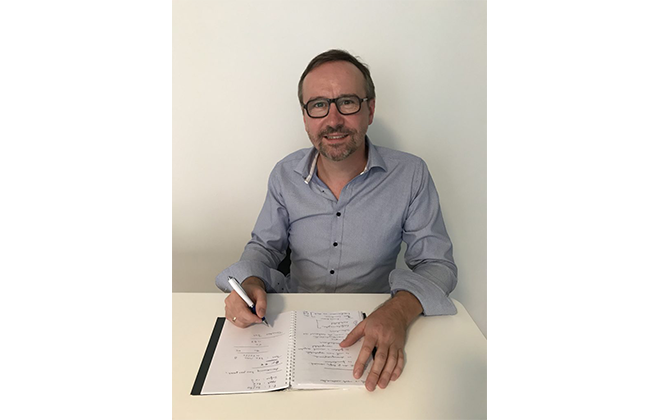Total Talent Management: a pragmatic solution for your increasingly complex Workforce Management?
Interview given by Peter De Buck (Co-founder of Connecting-Expertise) for the Recruitment Process Outsourcing report 2019 and freely translated to English for own blog use.
What are the major evolutions in the labor market?
We perceive that companies used to apply a strict separation between workers employed on a permanent base on the one hand, and the hiring of contingent workforce on the other hand. The first flow of employees is typically a responsibility of HR departments, while the second flow is usually handled by Procurement. Different tools are used as well: an Applicant Tracking System (ATS) by HR and a Vendor Management System (VMS) by Procurement. An ATS is a software system that keeps track of all the processes and information of applying candidates, a VMS is used for the automation of every hiring process and the management of suppliers.
However, candidates’ expectations are changing rapidly. They are looking for flexible employment with a lot of opportunities for self-development. Besides, new motivational aspects drive the choice for an employer, e.g. company culture and job content, next to traditional factors such as remuneration. The historical trend of “long-life commitment” has evaporated. Job thinking is being replaced by task thinking so that experience can be gained on various projects and can be of added value for the candidates’ CV.
Consequently, firms are motivated to accept different and alternative types of contracts for one vacancy in their search for good and qualified workers. Filling the vacancy is more important than the type of contract. This development is accelerated by an increasing shortage in the labor market due to the war for talent and an aging workforce.
What is the impact of this evolution on organizations?
Organizations are continuously looking for a solution to support the evolution to Total Talent Management (TTM). This is not reduced to the bare minimum of talent acquisition, but should also include the development, education, and internal mobility of talent.
Consequently, companies are forced to adopt a long-term vision and a holistic approach concerning talent. This takes place in multiple dimensions: strategy, planning, acquisition, development, growth opportunities, processes and tools. At the same time, the typical HR-tech landscape is becoming even more fragmented, including the evolvement of new tools supporting specific parts of the ATS- and VMS-solutions. This is all translated into a scattered IT landscape.

Concerning Connecting-Expertise, what’s your experience in implementing TTM-solutions?
The evolutions mentioned before result in an increasing need to view our VMS solution as part of a bigger picture, in which every solution exists of different modules. The increasing fragmentation results in a lower commitment to a tool, which facilitates a transition to alternatives. This requires a search for different software components instead of a single software product. From the user’s perspective, a new issue appears because of this: how do I keep the overview of all the different process steps in my different software applications? How do I find and manage my data? What to do with my back-office systems? …
To meet these challenges, Connecting-Expertise proposed a brand-new HR Appstore-concept within the scope of a public tender issued by VRT, the Flemish Radio and Television Organization. This tool graphically represents the different process steps a user can see and execute, e.g. creating new vacancies, approving timesheets, extending the contract of an interim, etc. These steps are represented by widgets that get their real-time information from different underlying software products. By tapping the widget, a user is guided directly to the appropriate software and to the underlying platforms where the corresponding actions must be exercised.
This TTM-solution gives the user two advantages. Most importantly is the avoidance of complexity when using a TTM-approach. On top of that, software X can be easily and transparently replaced by software Y for any specific process step.


